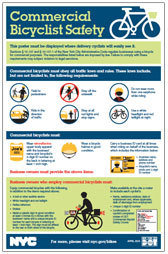After 4 children died and 360 suffered injury in 1200 strollers incidents that occurred from 2008 through 2012, the U.S. Consumer Product Safety Commission recently proposed a federal safety standard for strollers.
The report of incidents would scare any mother or caregiver. In one of the fatal accidents the head of the infant became entrapped between the seat and the tray. In the second fatality the infant’s head was wedged between the car seat of a travel system and a metal bar located under the cup holder. In the third accident the stroller collapsed on the child resulting in asphyxiation. In the fourth incident the stroller fell off a dock and the child drowned, however there were not sufficient details to define whether incident was product related.
Among the non fatal incidents reported injuries were mostly lacerations requiring stitches, tooth extractions, fractures head injuries and partial amputation of fingers.
 New York Personal Injury Attorneys Blog
New York Personal Injury Attorneys Blog



 Business owners who employ delivery bicyclists will have to post a commercial bicyclist safety poster where employees can easily see it. Additionally they will have to maintain a bicyclists roster with detailed information on each employee.
Business owners who employ delivery bicyclists will have to post a commercial bicyclist safety poster where employees can easily see it. Additionally they will have to maintain a bicyclists roster with detailed information on each employee. 
